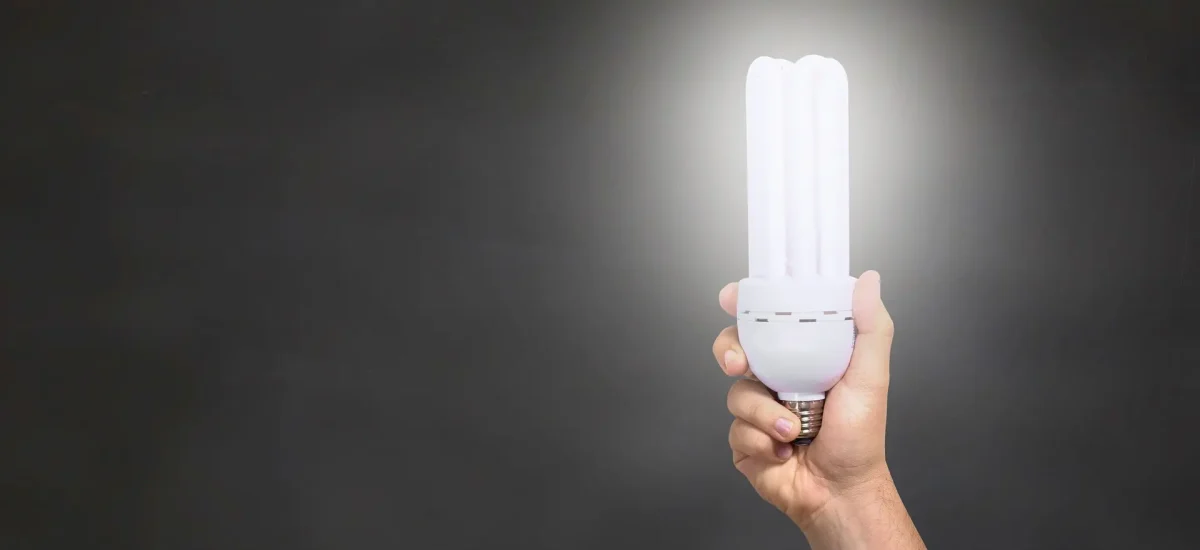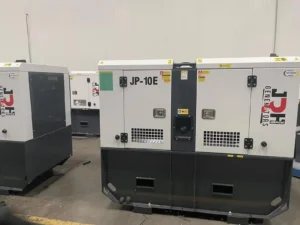
Hurricane season is a critical period for Puerto Rico, and being prepared can make the difference between safety and danger. In
Have you realized how much we depend on electricity? It is undeniable that this age of ours is characterized by such an enormous number of electrical appliances and household appliances. We have made them a constituent part of our daily lives. So, surely at some point you have asked yourself Where does that electricity come from? How is it generated? How is that electricity generated?
Well, here you will find the answer to some of the questions you have ever asked yourself. We will tell you what generated electricity is, how it is obtained, how it is measured, how it is transported, and how we take advantage of it. Electricity, more than a natural phenomenon at the molecular level, is a revolutionary phenomenon that decisively conditions humanity. So, let's see everything about electricity generated.

Look around. Consider the existence of the electric bulbs that light you up, the refrigerator that keeps your food fresh, the television or the console with which you entertain yourself. Surely just by looking at the electronic device in which you are reading this you will realize one thing: your day-to-day runs in and through electricity.
But do you know what it is? You should know that electricity generated is a form of energy. Electric current is the flow or movement of electrons -or negative electrical charges at the molecular level- through a conductive material from a generator that is at one of its ends, forming an electrical circuit.
A closed electrical circuit is what happens when, for example, you turn on a light bulb. By flipping the switch, what you are doing is closing the electrical circuit and allowing the flow of electrons that eventually reach the bulb and light it up.
The potential difference between two points, connected by a conductive material, is what is finally recorded, thus knowing the magnitude of the generated electricity that is present there, moving.
You will have heard many times in school a very true phrase: "Energy is neither created nor destroyed, it is simply transformed". Applied to electricity, its truth is very evident. The electricity generated, as a form of energy that it is, cannot be created from nothing, nor can it be destroyed.
But what can be done is generate electricity from other forms of energy. And, likewise, since electricity cannot be destroyed, it can be transformed into other forms of energy, which are what we finally use.
In this way, the electricity generated can be obtained from a number of ways that humanity has been discovering and perfecting. There are many means that are devised in this regard. Some are more efficient than others; Some are more polluting than others.
We can classify the sources to obtain generated energy into two large groups. The sources that use renewable resources, and those that use nonrenewable resources.
The energy generated from renewable primary energies is that which takes advantage of physical forces found in nature. are forces practically unlimited, because they can be used infinitely without having a major impact or without fearing that they may end at some point. We could say that are constantly renewed.
The main renewable primary energies are:
The sun is our closest star. It burns about 150 million kilometers from Earth and, even at that distance, it transmits light energy. This type of energy is that which we find in the waves of light. It is possible to take advantage of and transform into electricity generated through the photovoltaic effect.
How? Through solar panels, which are made of silicon, a material whose electrons move in the presence of photons of sunlight. The movement of electrons, which is already electrical energy, is transferred to other devices that make it usable.
When will the wind stop blowing? It's hard to even imagine. Wind turbines are machines that capture the kinetic energy of the wind force and transform it into electrical energy. Although the wind rotates the propellers at low speed, the wind turbines have a built-in multiplier that multiplies the rotational speed several times.
This rotational speed, which is kinetic energy, is captured by the generator. This works by applying the phenomenon of electromagnetic induction, which consists of the "dragging" of electrons from a conductive material by means of a magnetic field. As you already know, the movement of electrons is already electricity generated
Rivers are bodies of water in motion, which is kinetic energy. Dams contain water, which is already potential energy. The kinetic energy of rivers and the potential of water dams are harnessed by turbines. These turbines transfer this kinetic energy to an electrical generator, which applies the phenomenon of electromagnetic induction.
On the other hand, electrical energy can also be generated from the exploitation of non-renewable forms of energy, which are also found in nature but are finite. Among them we have:
Chemical elements such as plutonium, uranium or thorium, given their chemical composition, store a lot of energy. A very small portion of any of these elements, used efficiently, could give rise to unimaginable amounts of electrical energy.
Through the controlled chain reaction, it seeks to produce and take advantage of the heat that these elements give off. This heat is used to heat water and generate steam, which will end up moving turbines to give rise to the phenomenon of electromagnetic induction.
Thermoelectric plants, which do not work with special chemical elements like nuclear plants, but with fossil fuels, also take advantage of the heat energy from their combustion to heat water, generate steam, and move turbines connected to electric generators.
They are a kind of small-scale thermoelectric plants, since they also take advantage of the phenomenon of electromagnetic induction. However, the kinetic energy they take advantage of is not that of turbines powered by steam, but of a diesel engine whose shaft is coupled with the alternator it has.
Our models have a powerful Perkins engine capable of constantly turning at a speed of 1800rpm. The alternator that captures and transforms its energy is a Stanford alternator, capable of offering up to almost 70kW.
As you can see, there are many ways to obtain electrical energy. They vary from each other according to the level of pollution they emit, and according to their efficiency. The generated energy that you use on a daily basis will most likely originate from one of the sources that you previously read about.
Sometimes these energy sources, or the machines that are responsible for transforming them into generated electricity, fail. The normal supply of your home or place of work can sometimes be interrupted. These are very complex processes, with many variables, where it is not impossible that some element or procedure could fail.
But, in the case of any eventuality of this type, you can count on a backup; You can even count on this support in remote places where the electricity network does not reach. The Electric generators They are an excellent option to get out of that kind of trouble. We invite you to see our catalog.

Hurricane season is a critical period for Puerto Rico, and being prepared can make the difference between safety and danger. In

Understanding how a hurricane forms allows us to be one step ahead and prevent the devastating effects of these natural phenomena. Especially in areas

In a world where energy efficiency is increasingly a priority, learning to save energy has become a crucial need for both

In a world that doesn't stop, the need for a reliable and continuous power source is more crucial than ever. At JRH Power

Have you ever wondered how electricity becomes a constant in our lives, even in the most critical moments? At JRH Power

In our modern world, where electricity is vital, power outages are a frequent reality. Know how to connect a generator to the house